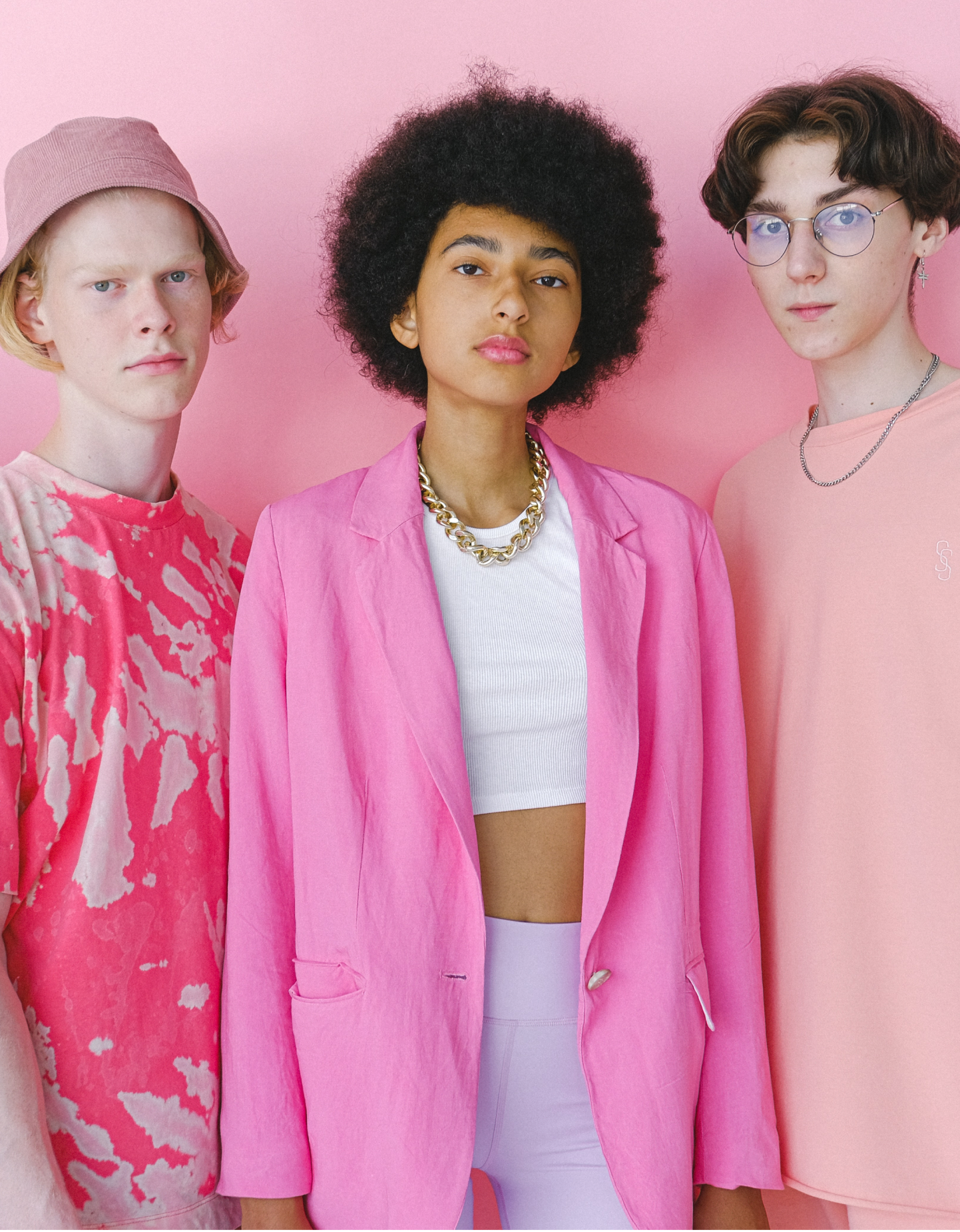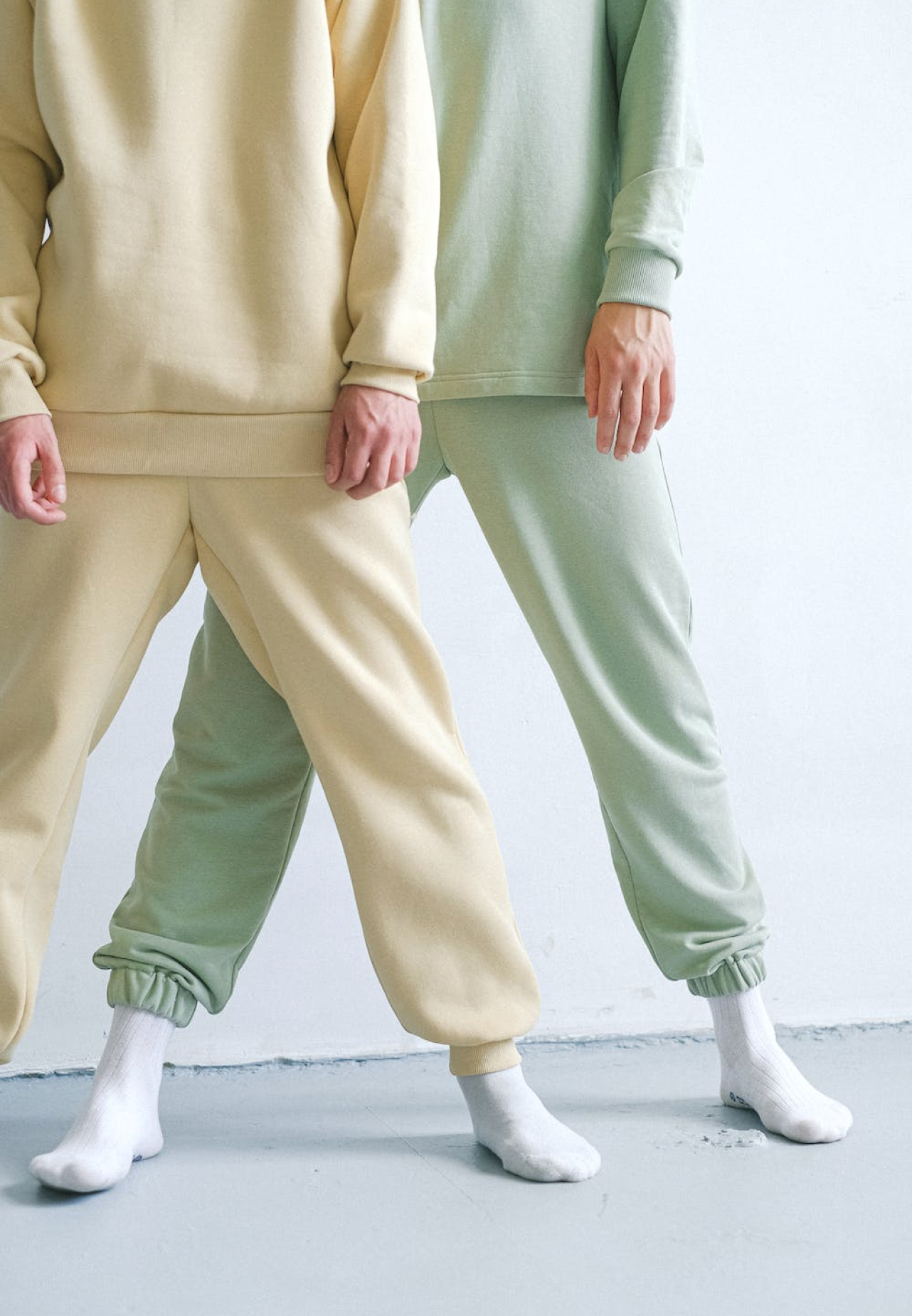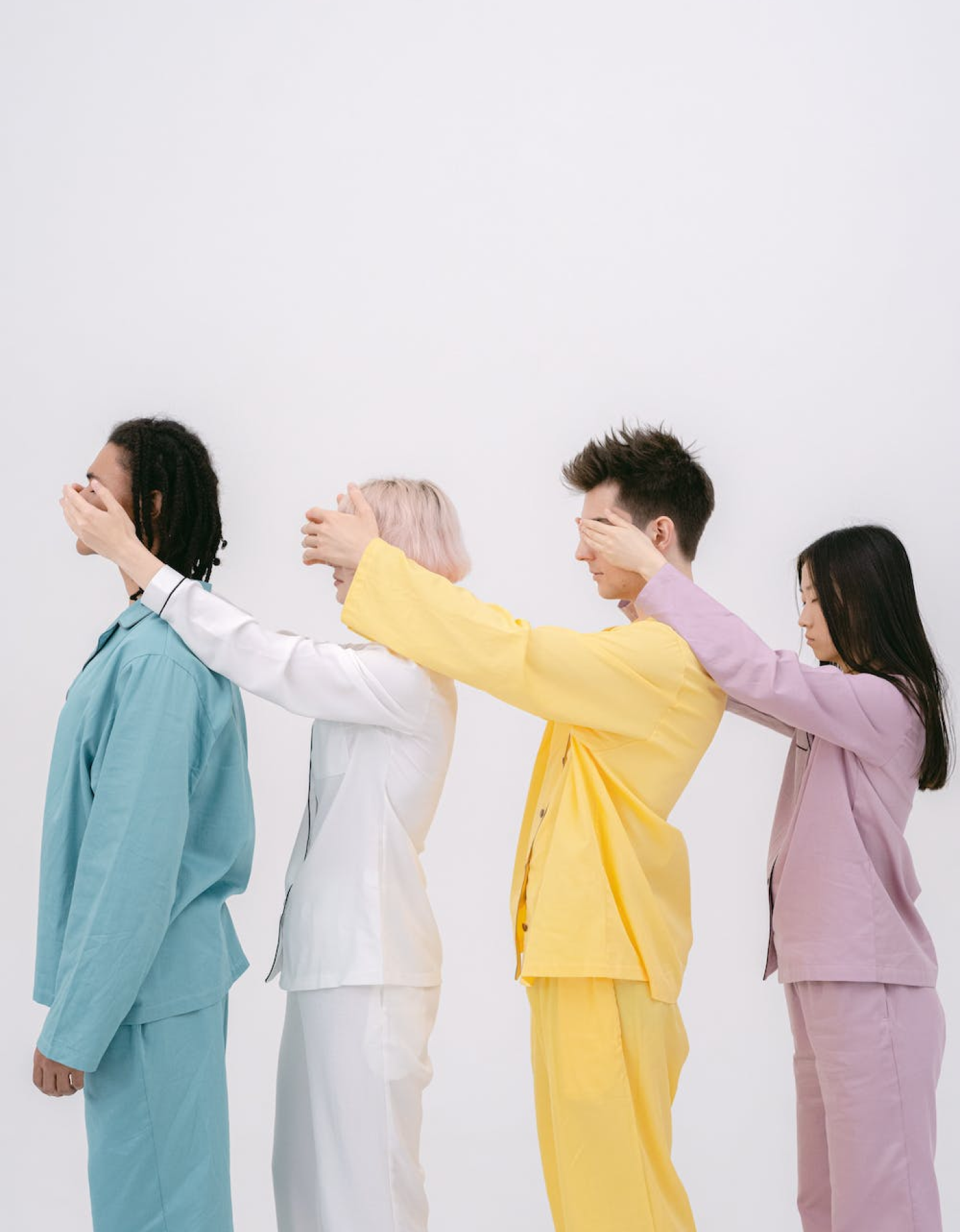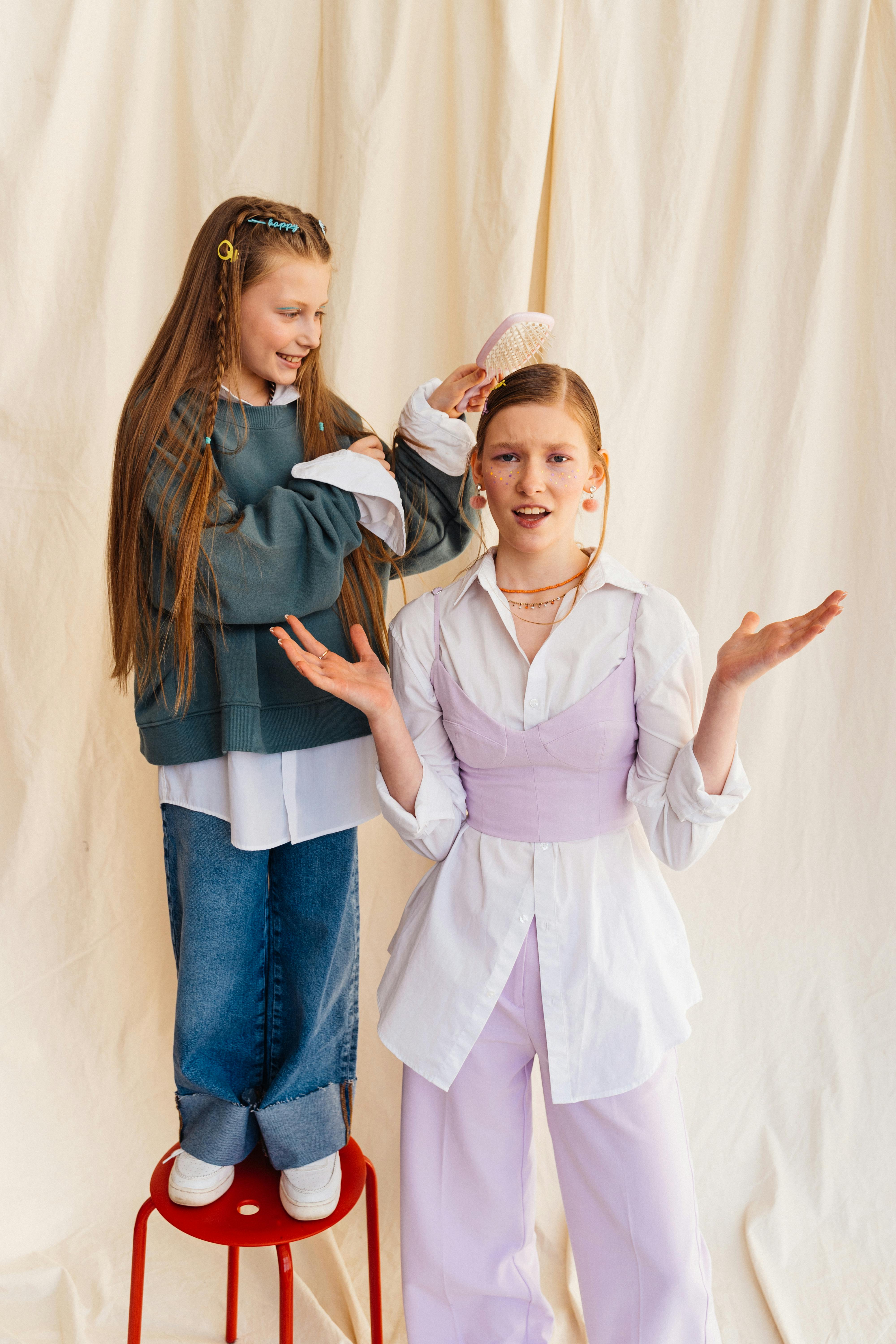Gender-neutral clothing is back in vogue, but the craze in many ways has mirrored broader social changes throughout the 20th century.
In March, the London department store Selfridges gave itself a radical makeover, transforming three floors of its Oxford Street emporium into gender-neutral shopping areas. Androgynous mannequins wore unisex garments by designers such as Haider Ackermann, Ann Demeulemeester, and Gareth Pugh, and the store’s website got a similarly sexless redesign, displaying the same products on both male and female models. Dubbed “Agender,” the temporary pop-up shopping experience—or experiment—ultimately proved to be more successful as a marketing tool than a retail revolution; as some fashion journalists have pointed out, today’s clothes “are much the same for each sex anyhow.”
But that wasn’t always the case. As Freud put it: “When you meet a human being, the first distinction you make is ‘male or female?’ and you are accustomed to make the distinction with unhesitating certainty.” Had Freud lived through the 20th century instead of the 19th, he might have had good cause for hesitation. In an era when gender norms—and many other norms—were being questioned and dismantled, unisex clothing was the uniform of choice for soldiers in the culture wars.
In her new book Sex and Unisex: Fashion, Feminism, and the Sexual Revolution, the University of Maryland professor Jo Paoletti revisits the unisex trend, a pillar of second-wave feminism whose influence still resonates today. As Paoletti tells it, unisex clothing was a baby-boomer corrective to the rigid gender stereotyping of the 1950s, itself a reaction to the perplexing new roles imposed on men and women alike by World War II. The term “gender” began to be used to describe the social and cultural aspects of biological sex in the 1950s—a tacit acknowledgement that one’s sex and one’s gender might not match up neatly. The unisex clothing of the 1960s and 70s aspired “to blur or cross gender lines”; ultimately, however, it delivered “uniformity with a masculine tilt,” and fashion’s brief flirtation with gender neutrality led to a “stylistic whiplash” of more obviously gendered clothing for women and children beginning in the 1980s.
As far as the American fashion industry was concerned, the unisex movement came and largely went in one year: 1968. The trend began on the Paris runways, where designers like Pierre Cardin, Andre Courreges, and Paco Rabanne conjured up an egalitarian “Space Age” of sleek, simple silhouettes, graphic patterns, and new, synthetic fabrics with no historical gender associations. As women burned their bras (symbolically if not literally), U.S. department stores created special sections for unisex fashions, though most of them had closed by 1969. But their impact could be felt for a decade afterwards in “his-n-hers” clothing, promoted in cutesy ads, catalog spreads, and sewing patterns. “The difference between avant-garde unisex and the later version,” Paoletti argues, “is the distinction between boundary-defying designs, often modeled by androgynous-looking models, and a less threatening variation, worn by attractive heterosexual couples.”
Children bore the brunt of the unisex craze: pants for girls, long hair for boys, and ponchos for everyone. “Baby boomers and Generation Xers tend to have very different memories of the unisex era,” Paoletti notes, and her book allows readers to admire the progressive intentions behind the trend while cringing at the result. Though parents feared that enforcing rigid gender stereotypes could be harmful to kids—fears stoked by emerging scientific evidence that gender roles were learned and malleable at a young age—the embarrassment of being mistaken for a member of the opposite sex left lasting psychological scars on many of their offspring. Young children had worn gender-neutral clothing (and played with gender-neutral toys) for decades before “unisex” became a buzzword, but the aggressively “non-gendered” child rearing of the 1970s took neutrality to a new level; children’s books and TV shows made a point of showing boys playing with dolls and women tinkering with cars. It was only in the 1980s that the self-actualizing lessons of the seminal children’s book (and celebrity-narrated LP) Free to Be … You and Me succumbed to the Princess Industrial Complex, a trend that is just now beginning to correct itself. (A 35th anniversary edition of Free to Be … You and Me was released in 2008.)
Although unisex clothing aimed to minimize gender differences, it usually had the opposite effect. As Paoletti writes, “part of the appeal of adult unisex fashion was the sexy contrast between the wearer and the clothes, which actually called attention to the male or female body.” Take the costumes fashion designer Rudi Gernreich—inventor of the monokini and the unisex thong—created for the 1975-77 television series Space: 1999. Gernreich envisioned 1999 as a gender-neutral utopia of jumpsuits, turtlenecks, and tunics. While technically unisex, these tight-fitting costumes made the wearer’s sex glaringly obvious, and they retained traditional gender markers such as bras, makeup, and jewelry for women.
Read more at The Atlantic








